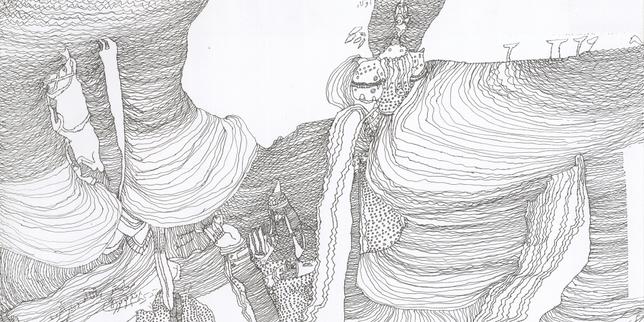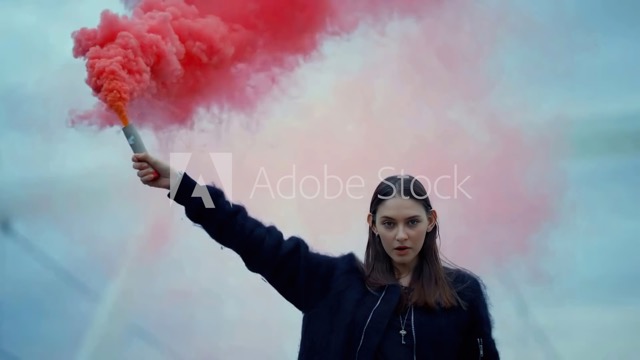They/Them
2023 - Film & Video (Film & Video)
9:40 minutes
Juan Obando
They/Them by Juan Obando is a video essay and deepfake that uses Adobe Stock clips, maintaining their branded watermark, but animating the scenes underneath with a narrative of self-critical awareness. It’s a meta-narrative that uses the staged scenarios (as evidence) to talk about the variable politics (and mercenary capitalism) of the stock footage industry and the misinformation dilemma we’re facing with the arrival of AI technology. In a surprising reversal, a deepfake is used to tell the truth. Using voice-cloning scripts to cast a variety of voice-types (most borrow the voices of well-known actors) Obando’s racially diverse characters articulate a critical monologue, one written by the artist but projected onto pan-international identities. The characters speak directly about their nature as stock videos, reflecting on their condition and influence. Stock footage is created by media companies and independent videographers worldwide and distributed by a small group of stock banks (aggregators). In most cases, their use is commercial—appearing in advertising campaigns for example. But in a troubling twist, more recently they’ve also been used in documentaries and other non-fiction programs, even the news. In the context of this phenomenon, Obando’s project asks: do we make our media, or does our media make us? A growing subset of stock footage featuring protests has appeared within the biggest stock data bank in the world, Adobe Stock. Scenes depicting social unrest in the US are mainly produced abroad, from Milan, Ukraine, Latvia and Spain (among others). Only one of the clips in Obando’s video is actually shot in the US. Stock video creators have recognized a demand for this footage category, and have set out to meet that demand. Accordingly, these creators invest in professional actors, props, and locations that replicate—and potentially amplify—US-specific conflicts from the past few years. Political causes such as #blacklivesmatter, #defundthepolice, and #notmypresident appear in these staged videos. The implication here is that nothing is sacred, even committed positions worth of public protests are subject to absorption by global capital, and for the citizens of the US, it comes as no surprise.
As a Colombian who studied and now lives in Arizona, Juan Obando has a non-native perspective on the media-obsessed culture of the US. His projects critically intervene in social systems, often addressing key issues of the moment. In recent years, he’s explored digital objects and screen-based installations—recognizing the screen as a site where ideology confronts aesthetics and new worlds are imagined and formed through speculative technologies.
Colors:
Related works sharing similar palette
» see more

© » KADIST
Eileen Quinlan
2016Eileen Quinlan’s abstracted images, like Swipe , rely on the manipulation of photographic materials inside the studio itself, and reject the exterior world for complex interrogations of the medium....

© » LE MONDE
Sélection galerie : Farnood Esbati chez Christian Berst Cet article vous est offert Pour lire gratuitement cet article réservé aux abonnés, connectez-vous Se connecter Vous n'êtes pas inscrit sur Le Monde ? Inscrivez-vous gratuitement Article réservé aux abonnés Sans titre (vers 2020), de Farnood Esbati...

© » KADIST
Natsuko Uchino
2020Squid Currency is a series of 13 non-calibrated double-sided tin coins made using a casting technique dating back to Neolithic times where cuttlebones (squid bones) were carved by hand and then used as a mold...
Related works found in the same semantic group
» see more

© » KADIST
Rachel Rose
2013In the 2013 video work, Sitting Feeding Sleeping , Rose combines footage taken of zoo animals living in captivity with screen images that flicker and flash before us...

© » KADIST
Kota Ezawa
2002The Simpson Verdict is a three-minute animation by Kota Ezawa that portrays the reading of the verdict during the OJ Simpson trial, known as the “most publicized” criminal trial in history...



